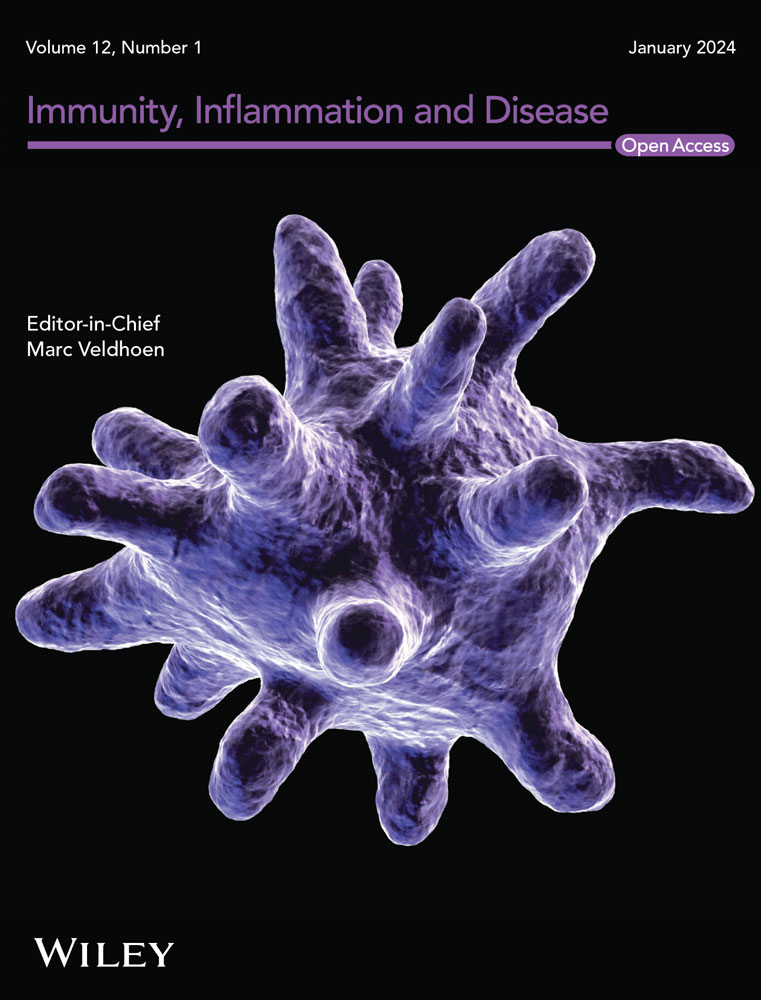Role and Mechanism of Microglia in White Matter Injury Recovery in Ischemic Stroke
Abstract
Background
Ischemic stroke frequently leads to white matter injury (WMI), significantly impairing neurological function and recovery. Microglia, the central nervous system's resident immune cells, play a dual role in poststroke pathology and repair. Their diverse activation states and interactions with other glial cells influence demyelination, remyelination, and overall WMI outcomes. To systematically review and synthesize the current evidence regarding the temporal and functional dynamics of microglia in ischemic stroke, with a focus on their roles in white matter damage and recovery.
Methods
A comprehensive literature search was conducted using PubMed, Web of Science, and Scopus databases (through December 2024) with keywords including “ischemic stroke,” “white matter injury,” “microglia,” “myelin,” and “oligodendrocytes.” Studies involving mechanistic insights into microglial polarization, myelin repair, and associated molecular pathways were prioritized. Both preclinical and clinical studies were reviewed.
Results
Microglia exhibit distinct activation profiles in acute and chronic phases poststroke. Pro-inflammatory microglia exacerbate WMI via cytokine secretion and oligodendrocyte toxicity, while immune-regulatory microglia promote remyelination through trophic support and debris clearance. Key regulatory pathways include TREM2, CX3CR1, and purinergic signaling. Microglial phagocytosis, cytokine production, and interactions with astrocytes critically modulate remyelination. Therapeutic modulation of microglial phenotype (e.g., fingolimod, HDAC inhibitors) shows promise in enhancing white matter repair.
Conclusion
Microglia exert time- and region-specific effects on WMI after ischemic stroke. A nuanced understanding of their dynamic phenotypes and interactions with other glial elements is essential for developing targeted therapies. Future research should integrate single-cell technologies, human validation, and sex-specific analyses to refine microglia-based interventions.


 求助内容:
求助内容: 应助结果提醒方式:
应助结果提醒方式:


